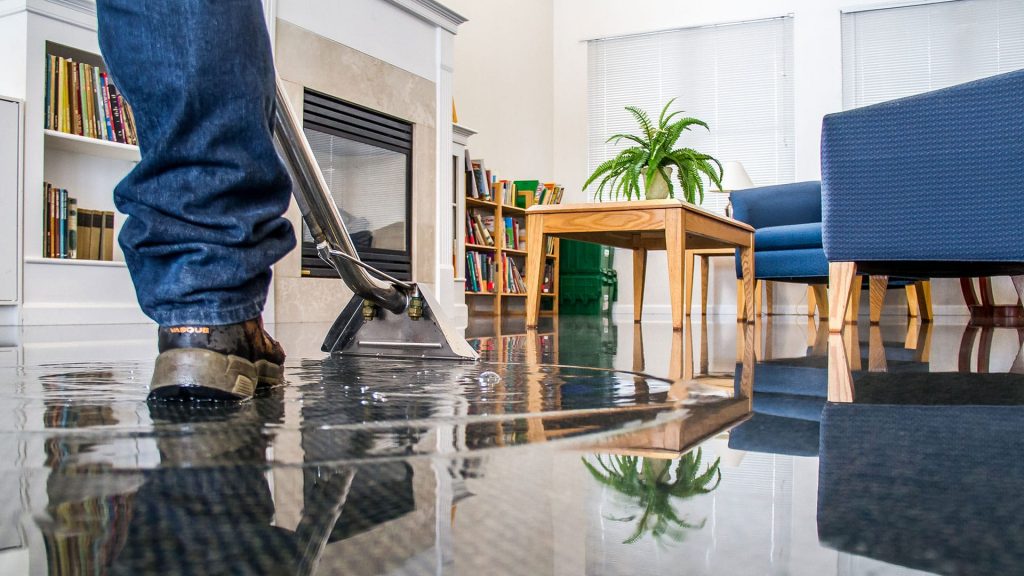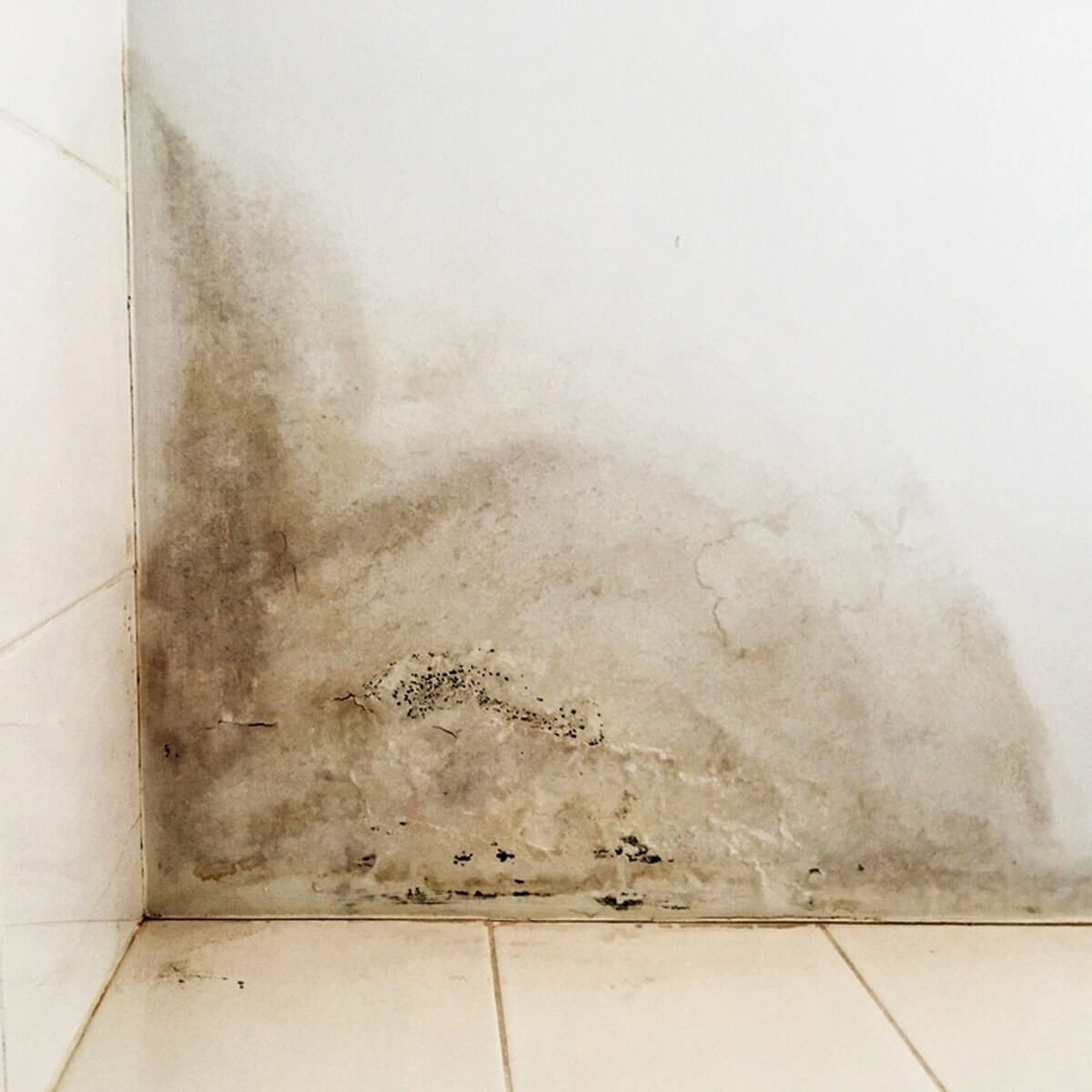6 Water Damage Remediation Do's as well as Don'ts.
6 Water Damage Remediation Do's as well as Don'ts.
Blog Article
Every person maintains their own idea with regards to How To Prevent Fire And Water From Ruining Your Holiday Season.

Water offers life, water breach on components where it's not supposed to be can result in damage. If the water soaks into your structure, it can peel away surface areas as well as deteriorate the structure. Mold and mildew and also mold additionally thrive in a damp environment, which can be hazardous for your health. Homes with water damage scent musty and also old.
Water can come from several resources such as tropical storms, floods, burst pipelines, leaks, and sewage system concerns. In case you experience water damage, it would be excellent to recognize some safety and security preventative measures. Right here are a couple of standards on exactly how to handle water damages.
Do Prioritize Residence Insurance Coverage Protection
Water damage from flooding because of hefty winds is seasonal. You can additionally experience an abrupt flood when a faulty pipeline all of a sudden bursts right into your home. It would certainly be best to have house insurance that covers both disasters such as natural tragedies, as well as emergency situations like broken plumbing.
Do Not Forget to Shut Off Energies
In case of a disaster, specifically if you reside in a flood-prone location, it would be a good idea to turn off the major electrical circuit. This removes power to your whole residence, stopping electrical shocks when water can be found in as it is a conductor. Furthermore, do not forget to shut off the major water line valve. Furnishings will certainly move around and also trigger damages when floodwaters are high. Having the major valve turned off prevents additional damages.
Do Keep Proactive and Heed Weather Condition Signals
Listen to emptying cautions if you live near a river, lake, or creek . Doing so minimizes potential home damage.
Don't Disregard the Roofing System
You can stay clear of rain damage if there are no openings and leakages in your roofing system. This will certainly avoid water from moving down your walls and also soaking your ceiling.
Do Focus On Small Leakages
A burst pipe doesn't take place overnight. Normally, there are red flags that suggest you have actually compromised pipelines in your house. You may discover gurgling paint, peeling wallpaper, water streaks, water spots, or trickling sounds behind the walls. At some point, this pipeline will rupture. Preferably, you ought to not wait on things to intensify. Have your plumbing fixed prior to it results in substantial damage.
Do Not Panic in Case of a Ruptured Pipeline
Maintaining your clearheadedness is vital in a time of crisis. Stressing will just intensify the issue because it will stifle you from acting fast. When it pertains to water damages, timing is vital. The longer you wait, the more damages you can anticipate. Hence, if a pipeline bursts in your residence, quickly shut off your major water shutoff to cut off the source. After that disconnect all electric outlets in the location or shut off the circuit breaker for that part of your home. Lastly, call a trustworthy water damages reconstruction professional for support.
Water gives life, water breach on components where it's not expected to be can result in damages. Houses with water damage scent old as well as musty.
Water damage from flooding dues to hefty winds is seasonal. You may notice gurgling paint, peeling wallpaper, water touches, water stains, or trickling sounds behind the wall surfaces. When it comes to water damage, timing is key.
Some Do's & Don't When Dealing with a Water Damage
DO:
Make sure the water source has been eliminated. Contact a plumber if needed. Turn off circuit breakers supplying electricity to wet areas and unplug any electronics that are on wet carpet or surfaces Remove small furniture items Remove as much excess water as possible by mopping or blotting; Use WHITE towels to blot wet carpeting Wipe water from wooden furniture after removing anything on it Remove and prop up wet upholstery cushions for even drying (check for any bleeding) Pin up curtains or furniture skirts if needed Place aluminum foil, saucers or wood blocks between furniture legs and wet carpet Turn on air conditioning for maximum drying in winter and open windows in the summer Open any drawers and cabinets affected for complete drying but do not force them open Remove any valuable art objects or paintings to a safe, dry place Open any suitcases or luggage that may have been affected to dry, preferably in sunlight Hang any fur or leather goods to dry at room temperature Punch small holes in sagging ceilings to relieve trapped water (don't forget to place pans beneath!); however, if the ceiling is sagging extremely low, stay out of the room and we'll take care of it DO NOT:
Leave wet fabrics in place; dry them as soon as possible Leave books, magazines or any other colored items on wet carpets or floor Use your household vacuum to remove water Use TV's or other electronics/appliances while standing on wet carpets or floors; especially not on wet concrete floors Turn on ceiling fixtures if the ceiling is wet Turn your heat up, unless instructed otherwise

As a keen reader about What You Can Do At Home To Prevent Fire And Water Damage, I assumed sharing that excerpt was really helpful. In case you enjoyed reading our blog entry plz be sure to share it. Thank-you for your time spent reading it.
Report this page